Is India’s thaw with China a counter to Pakistan and the US — or just posturing?
Trump tariffs push India toward China, but mistrust and border disputes limit strategic alignment

Zain Ul Abideen
Senior Producer
Zain Ul Abideen is an experienced digital journalist with over 12 years in the media industry, having held key editorial positions at top news organizations in Pakistan.
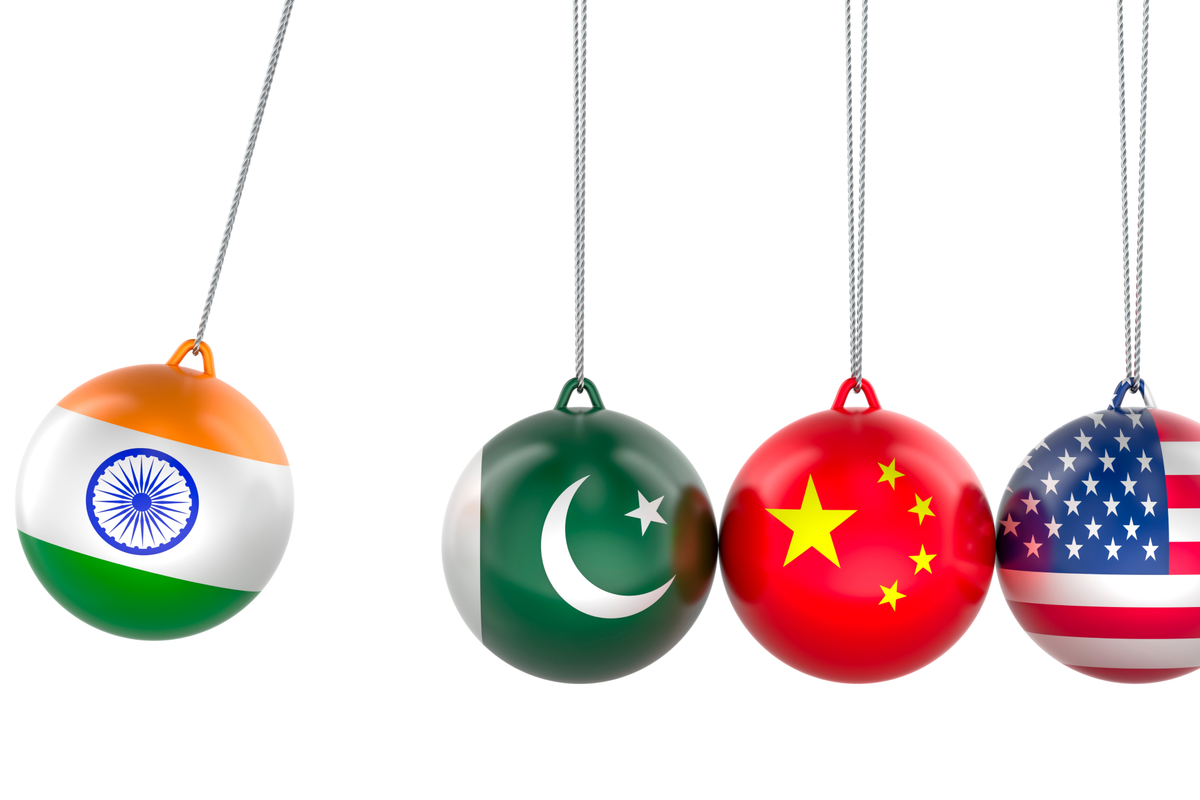
Whether the India-China thaw is a fleeting tactical pause or the start of a cautious normalization will depend on how the economic and political winds blow in the coming months.
Shutterstock
India and China have spent much of the past decade locked in a cold, wary standoff. The two Asian giants fought a brief war in 1962 and have since had a series of border skirmishes, the most recent and deadly being the 2020 Galwan Valley clashes, which left soldiers on both sides dead and relations in tatters. Strategic competition in Asia, fueled by overlapping ambitions and deep mistrust, has defined the bilateral equation.
Yet in recent weeks, signs of a diplomatic thaw have emerged. India has resumed visas for Chinese citizens after a five-year freeze, trade talks are back on track, and New Delhi’s defense minister has publicly signaled openness to resolving border disputes — language rarely heard from Indian officials since 2020.
The timing is hard to ignore. President Donald Trump has recently imposed the highest tariffs in South Asia on Indian exports — 25 percent initially, followed by another 25 percent hike, taking the total to 50 percent. For a country that has been marketing itself as the West’s democratic counterweight to China, the move was a political and economic blow.
Now, the question is whether India’s renewed engagement with China is a tactical adjustment to navigate economic pressures, a deliberate counterbalance to the United States and Pakistan, or merely diplomatic theater aimed at multiple audiences.
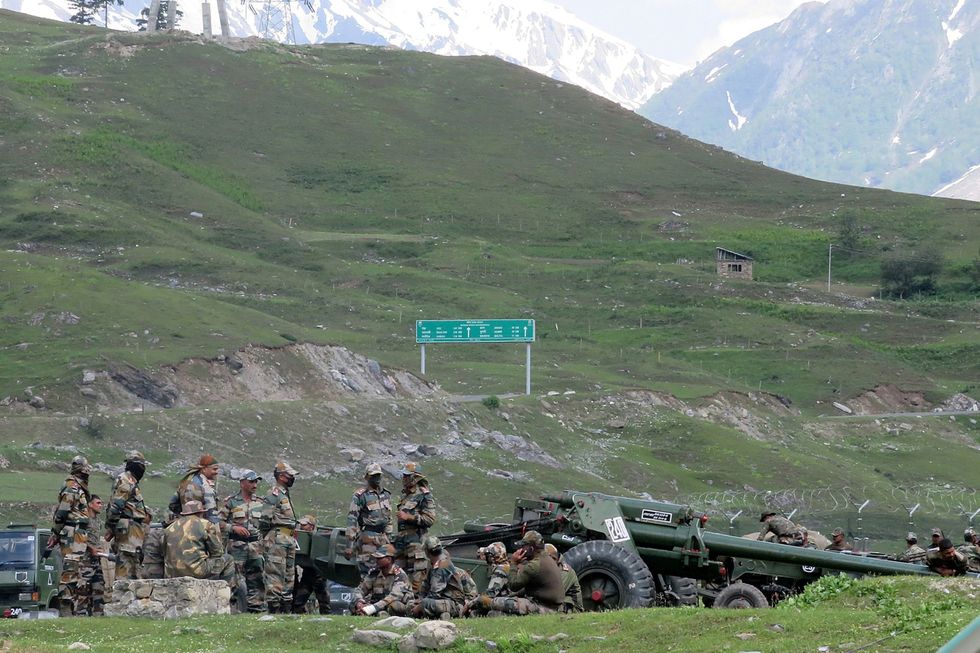
‘This is temporary, not permanent’
Maj Gen (retd) Zahid Mehmood, a defense analyst, views the thaw as fleeting.
“China is a thinking country. It declared India as enemy number one not long ago. This chameleon diplomacy from India, the Chinese understand it very well,” he said.
Mehmood believes India’s Hindutva-driven hegemonic mindset makes it incapable of accepting any power as superior. While short-term cooperation with China is possible, a sustained strategic partnership is unlikely.
More importantly for Pakistan, he warns against obsessing over every India-China interaction.
“We don’t need to see everything through the Indian lens. The most critical thing is how sincere we are in protecting and advancing our strategic partnership with China,” he said.
According to him, the current outreach from Beijing to New Delhi is not a love affair, but a calculated move in response to U.S. pressure. “They’ve taken a hit. Modi was campaigning for Trump before his presidency even began, and now they’re embarrassed. Economically, there’s a lot of pressure — and for the first time [in recent times] we’re seeing opposition-led pressure in India too,” Mehmood said.
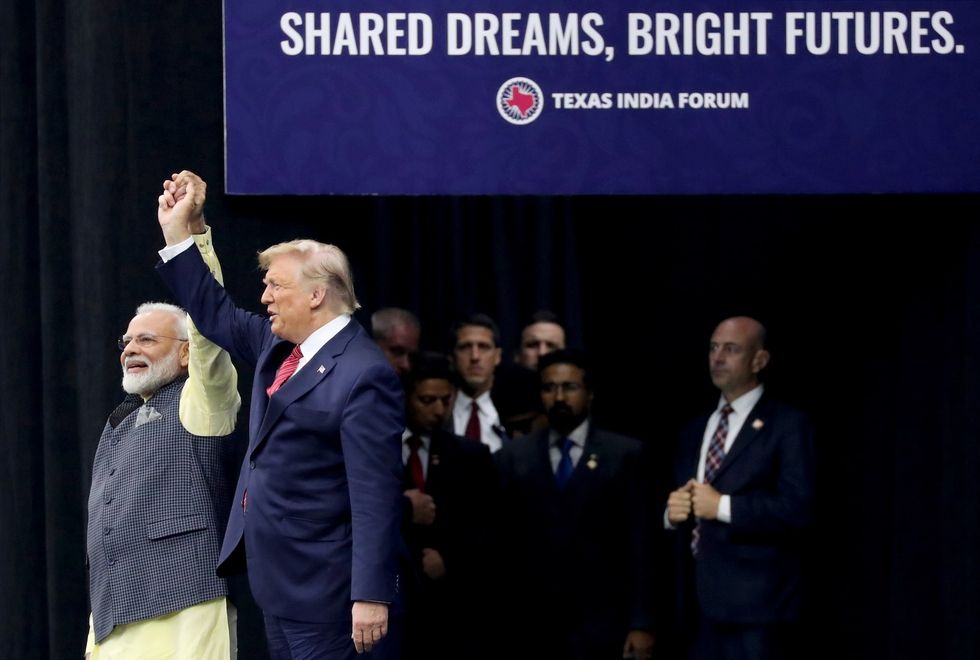
Optics, not a realignment
Ambassador Jauhar Saleem, president of the Institute of Regional Studies, argues that the moves are more symbolic than strategic.
“Yes, Modi will personally attend the SCO summit this time, unlike before. But these are optics. India wants to show the U.S. it has options,” Saleem said.
He noted that while India and China have ongoing territorial disputes and strategic rivalry, their trade relations are substantial and have remained resilient despite political tensions. Both countries are members of groups like BRICS and the Shanghai Cooperation Organization (SCO), though Pakistan is not part of BRICS.
“If India genuinely moved closer to China, it would undermine its entire value to the West as a counterweight to Beijing,” Saleem said. “So I don’t think they will go that far. This is posturing — a signal to Washington. The option of a true strategic alignment doesn’t really exist.”
For Pakistan, Saleem believes the impact will be minimal, given the depth of the Islamabad-Beijing relationship. “The Pakistan-China friendship is deeply rooted and cannot be undercut by temporary optics between China and India,” he said.
Economic necessity
Current affairs analyst Aasma Wadud frames the thaw as an act of economic pragmatism in the face of political disappointment.
“The May 2025 war between Pakistan and India was a reality check for the U.S. The fallen Rafale jets hurt India’s standing and credibility,” Wadud said.
“The U.S. now seems to feel India has failed to position itself as a reliable regional counter to China. Combined with Trump’s tariffs threatening a $45 billion trade deficit with the U.S., India needs another market. China is an option — but it will require extreme trust-building, which is lacking.”
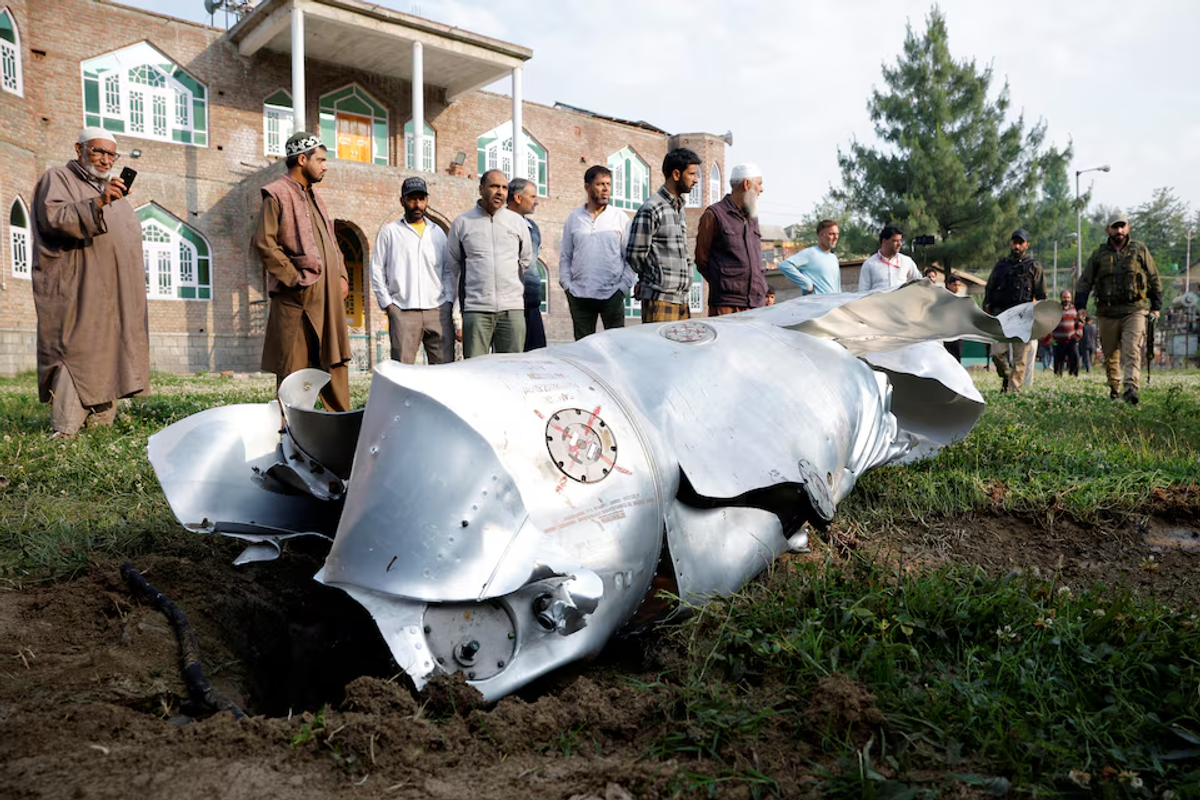
Wadud points out that China’s diplomacy often separates economic cooperation from political disputes. In 2024-25, China's exports to India totaled approximately $109 billion, despite ongoing border tensions. But she adds that any economic partnership will be approached with “extreme caution from both sides,” especially given India’s history of siding with the U.S. in Indo-Pacific strategy.
For Pakistan, Wadud sees an opportunity rather than a threat — if handled carefully. “India-China relations won’t have much impact on Pakistan, but more caution is required in evolving Pakistan-U.S. relations. We must aim to maximize opportunities from changing India-U.S. dynamics without any adverse impact on Pakistan-China ties,” she said.
India’s balancing act
For India, this engagement with China is part of a larger geopolitical balancing act. Since the early 2000s, New Delhi has sought to deepen defense and economic ties with the U.S. while keeping channels open with Beijing to manage its border disputes and benefit from trade. The challenge now is that both relationships are under strain.
With Washington, the Trump tariffs have added economic pain to existing political differences. With Beijing, mistrust lingers from years of military standoffs and competing ambitions in Asia. Yet India cannot afford to alienate either — the U.S. remains a key strategic partner, while China is its largest source of imports.
- YouTube www.youtube.com
Experts suggest that India’s latest moves are aimed at reassuring both sides — calming tensions with China to secure trade benefits, while signaling to Washington that it has alternatives if U.S. policies become too punitive.
Implications for Pakistan
From Islamabad’s perspective, the experts agree on one thing: this is not a tectonic shift in regional geopolitics.
Mehmood warns that the only time Pakistan should worry is if its relationship with China loses transparency or depth. “China has reassured Pakistan repeatedly that our strategic partnership will remain,” he said.
Saleem underscores that no India-China rapprochement can match the historical depth and strategic alignment of the Pakistan-China friendship.
Wadud sees Pakistan’s real challenge in managing its ties with both Washington and Beijing without allowing shifts in India’s diplomacy to dictate its strategy.
The consensus is that Pakistan should resist the urge to overreact and instead focus on strengthening its own diplomatic position — both by nurturing its partnership with China and by maintaining a working relationship with the U.S.
The road ahead
Whether the India-China thaw is a fleeting tactical pause or the start of a cautious normalization will depend on how the economic and political winds blow in the coming months.
If U.S.-India trade tensions deepen, New Delhi may pursue further economic cooperation with Beijing. But any true strategic realignment remains unlikely as long as border disputes persist and India continues to align with U.S.-led Indo-Pacific strategies.
For Pakistan, the playbook is clear: safeguard the China relationship, manage the U.S. connection strategically, and avoid viewing every move through an India-centric lens.
In a region where alliances shift and optics can be deceptive, substance matters more than symbolism.
As Mehmood put it, “What matters is how strong and transparent our own partnerships are. Everything else is noise.”



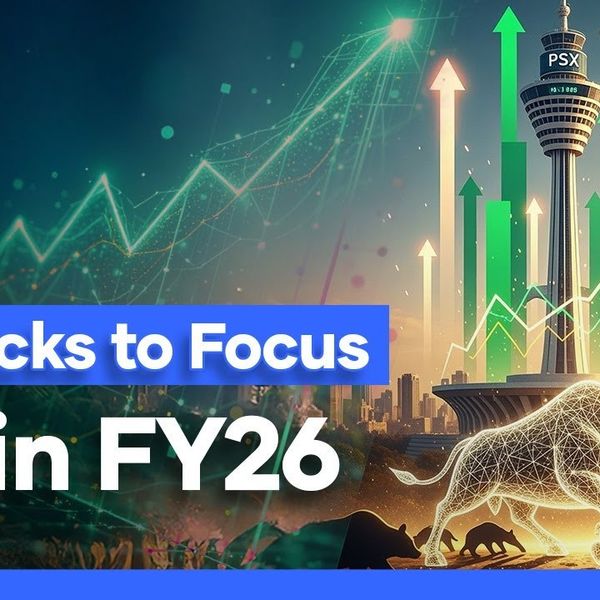
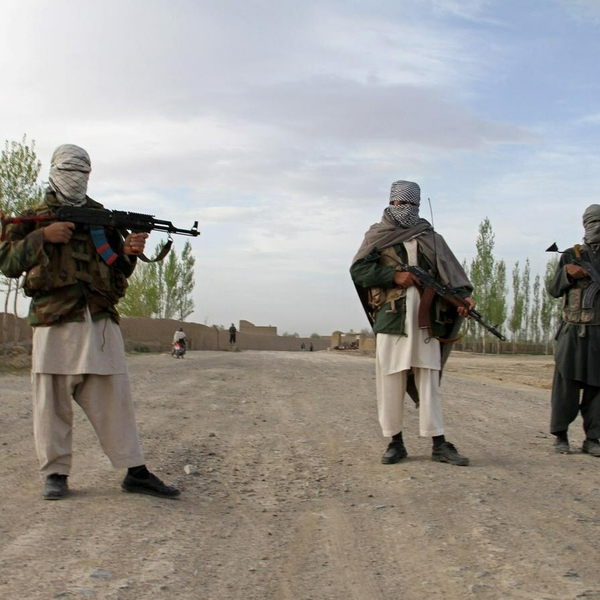
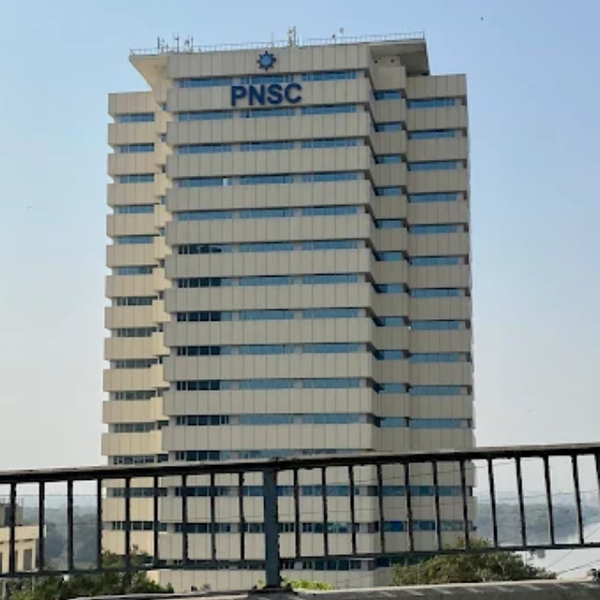

Comments
See what people are discussing